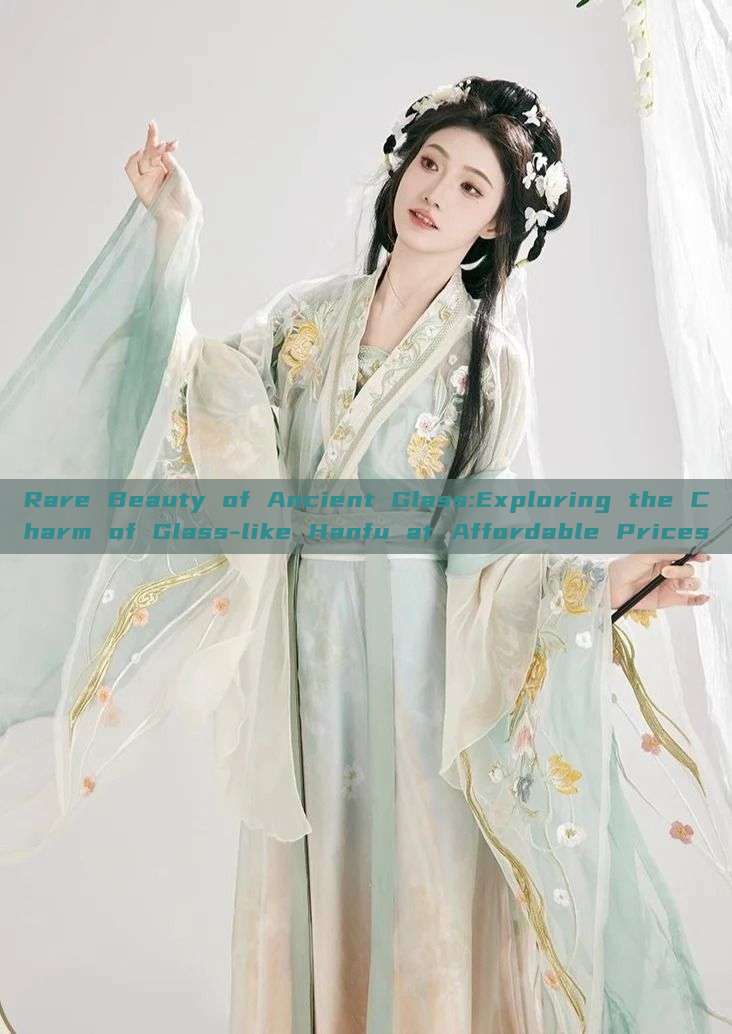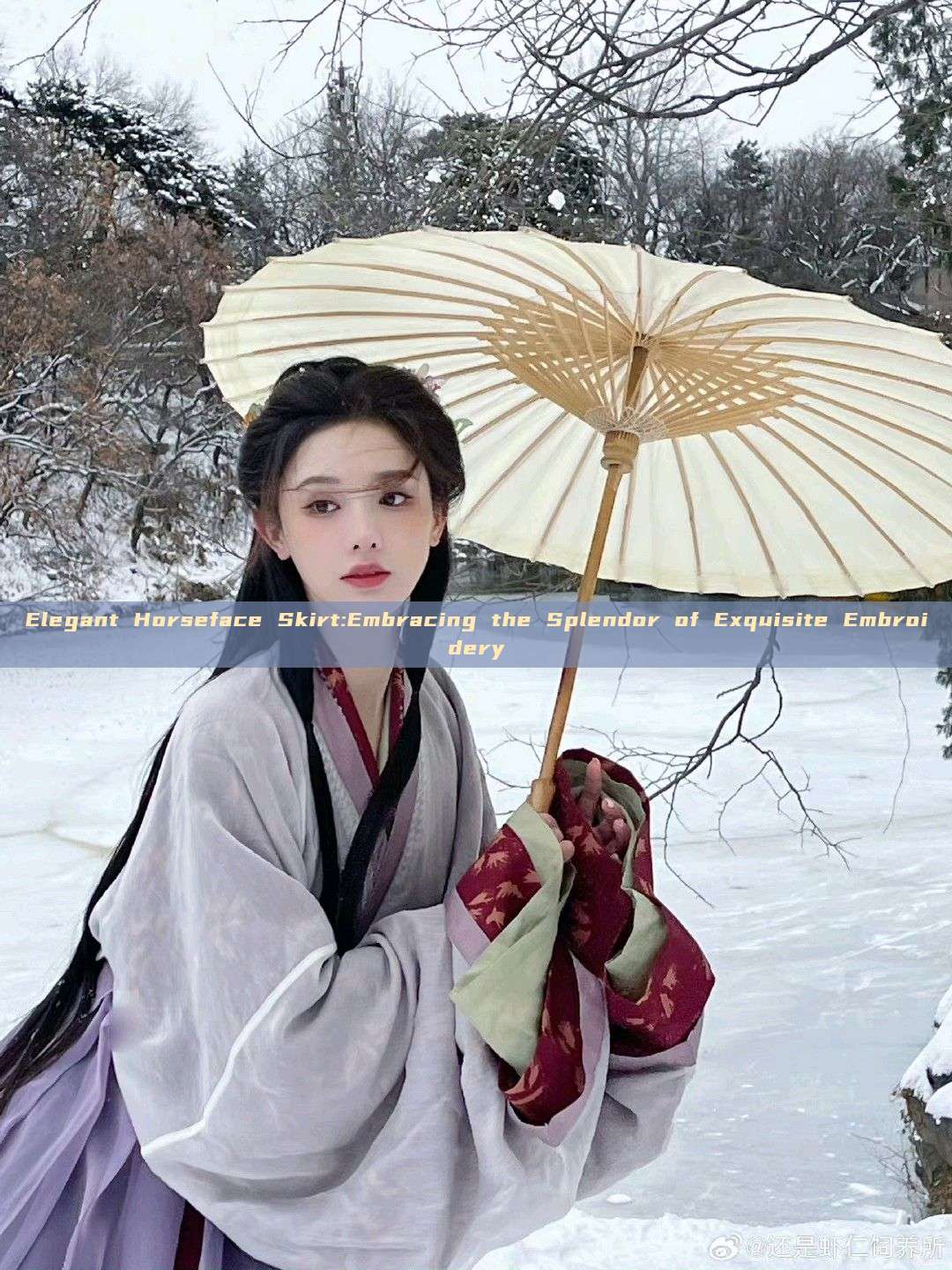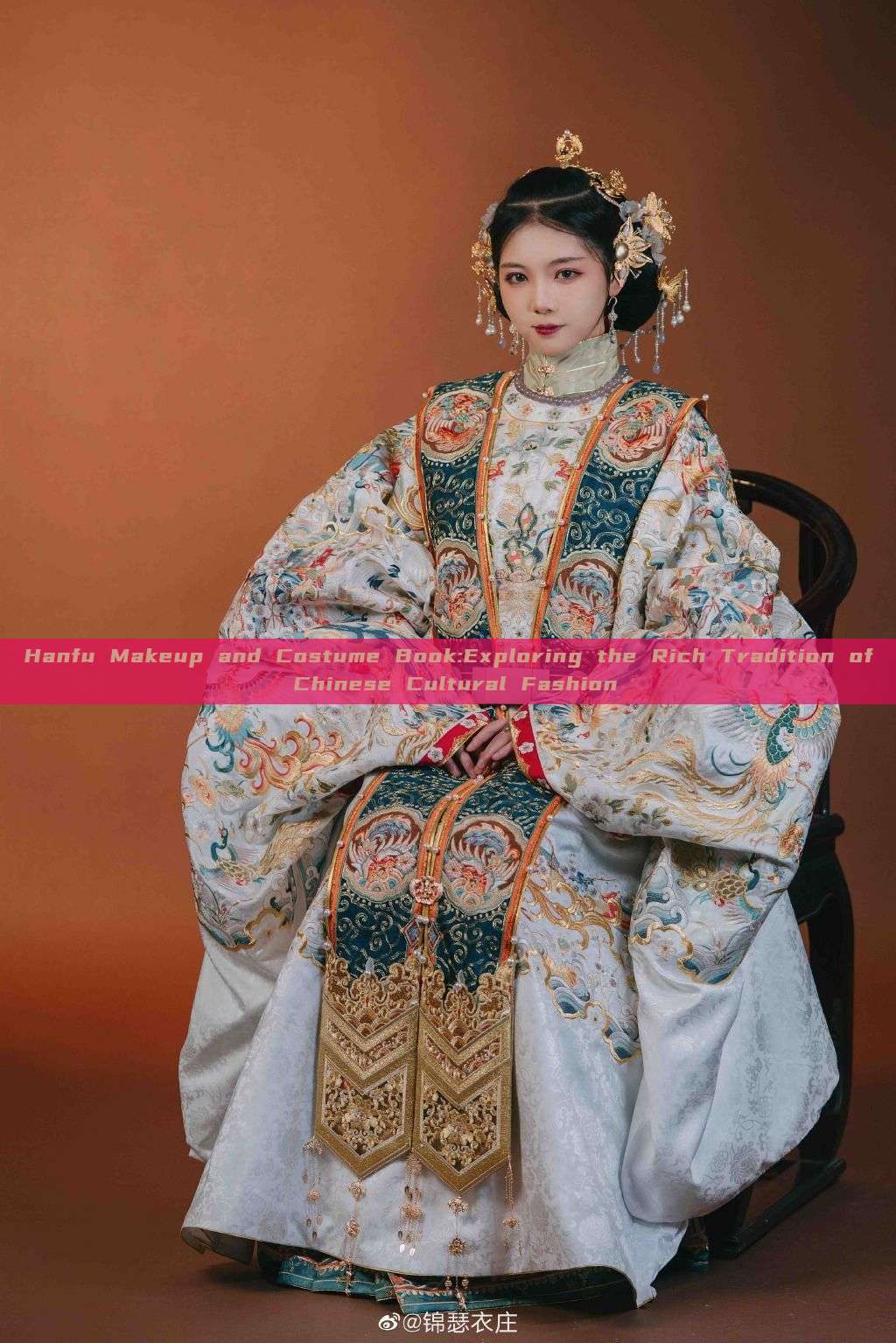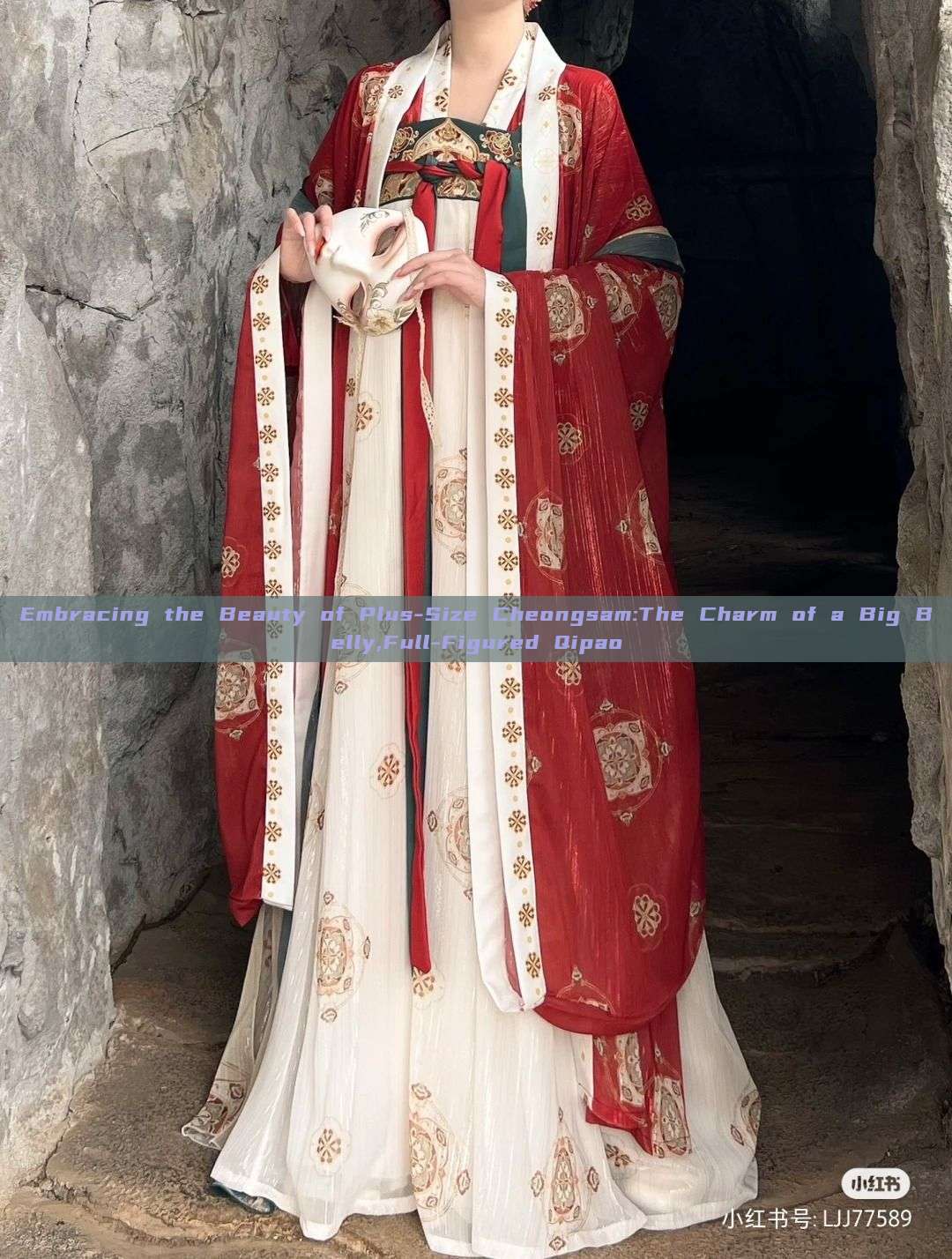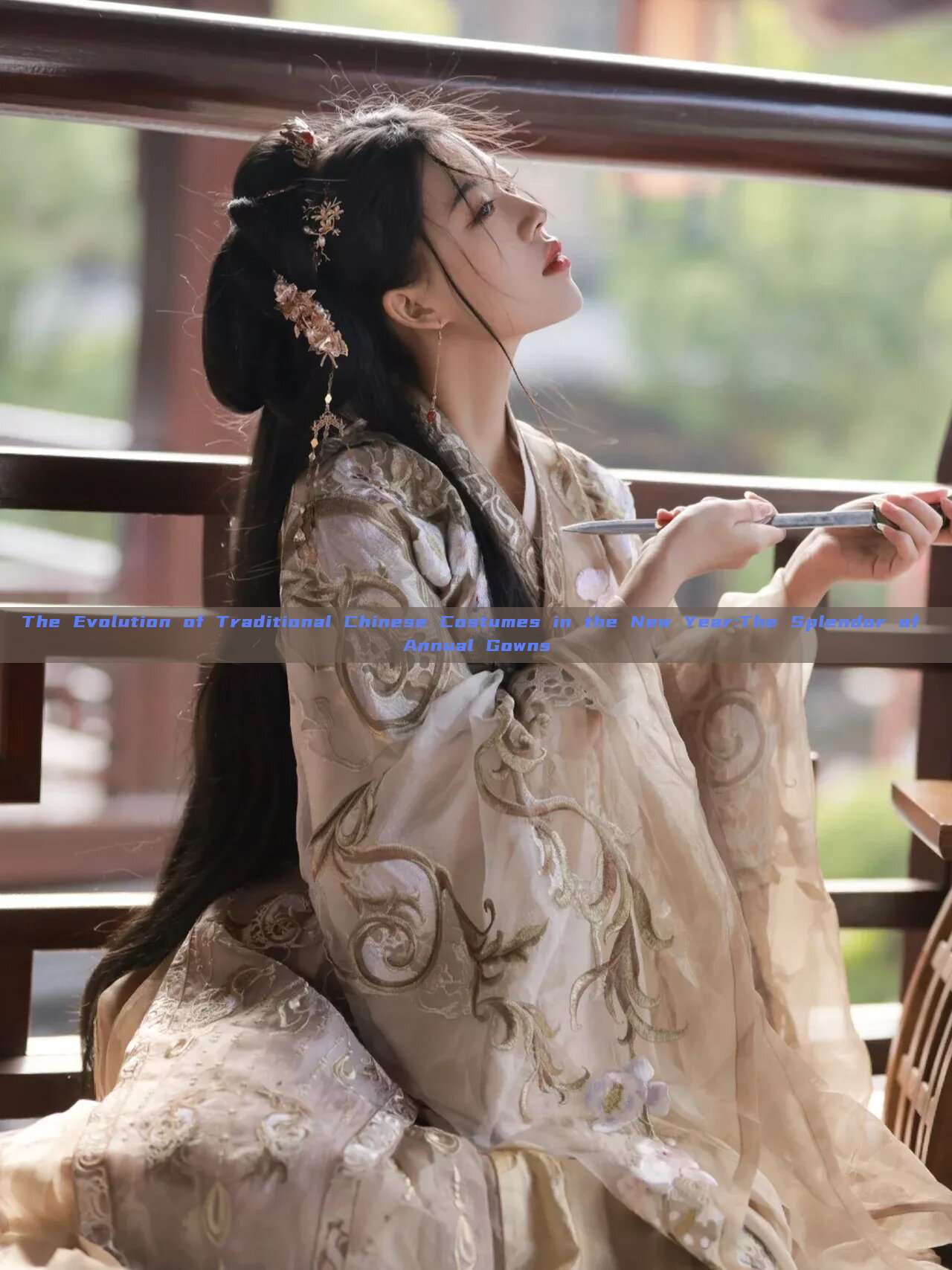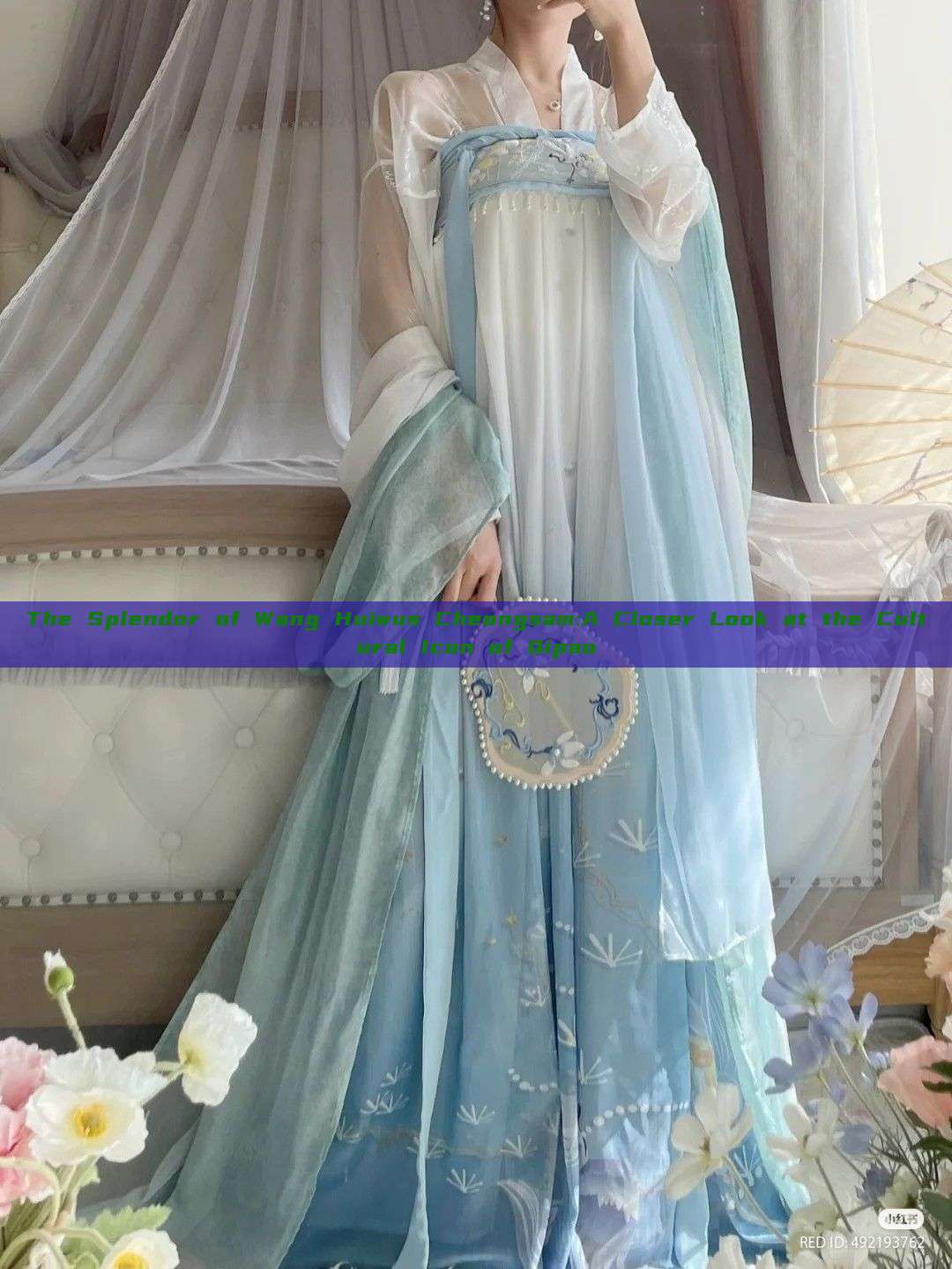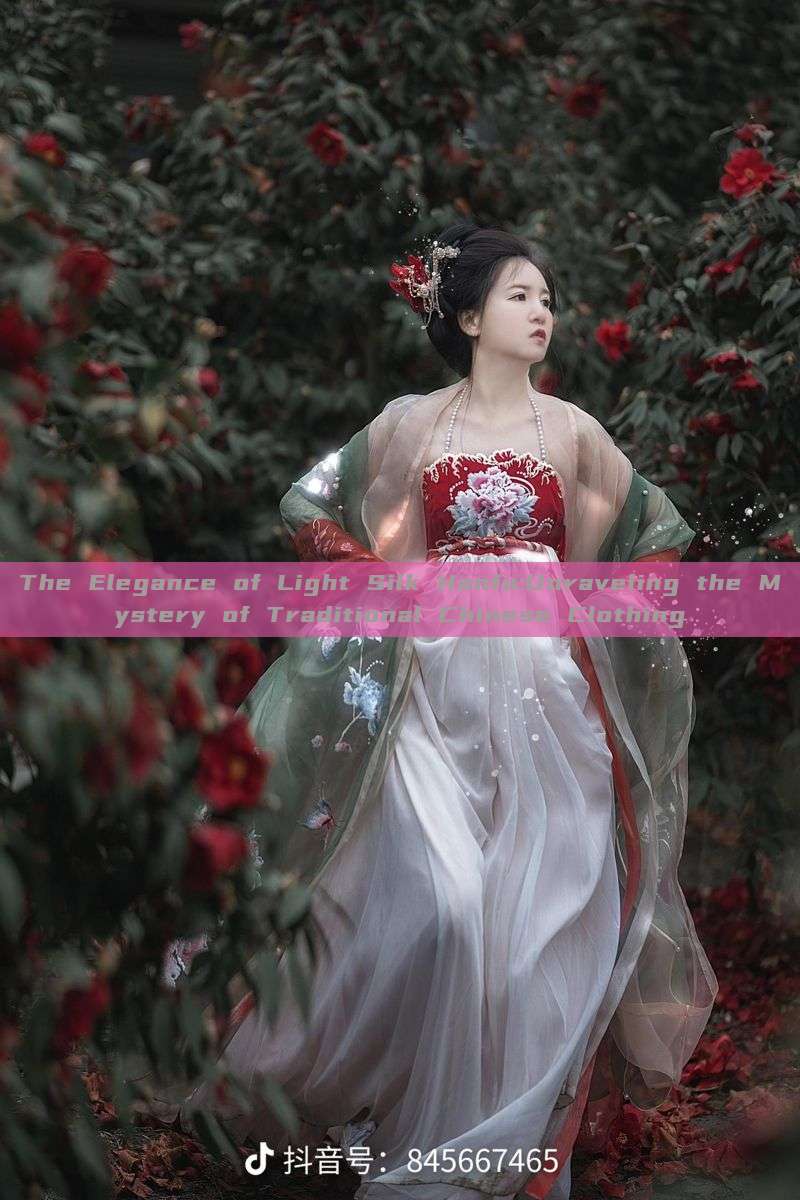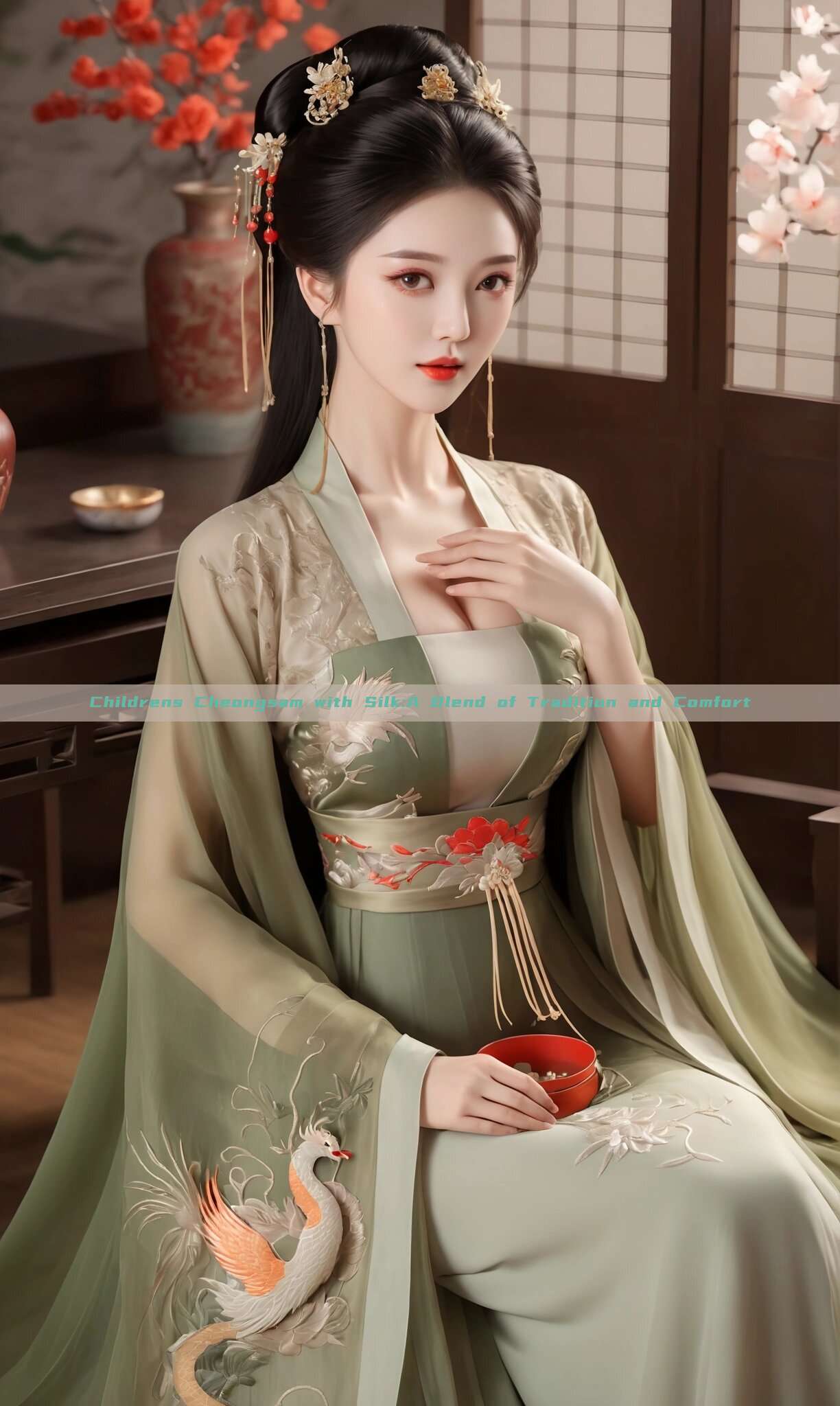In the realm of traditional Chinese attire, the cheongsam holds a unique position, embodying a legacy of cultural richness and craftsmanship. Among its intricate designs and vibrant hues, the use of floral patterns as decorative elements is particularly captivating, symbolizing beauty, harmony, and prosperity. This article delves into the artistry of cheongsam's floral embellishments, exploring their historical significance and the skilled craftsmanship that goes into creating them.
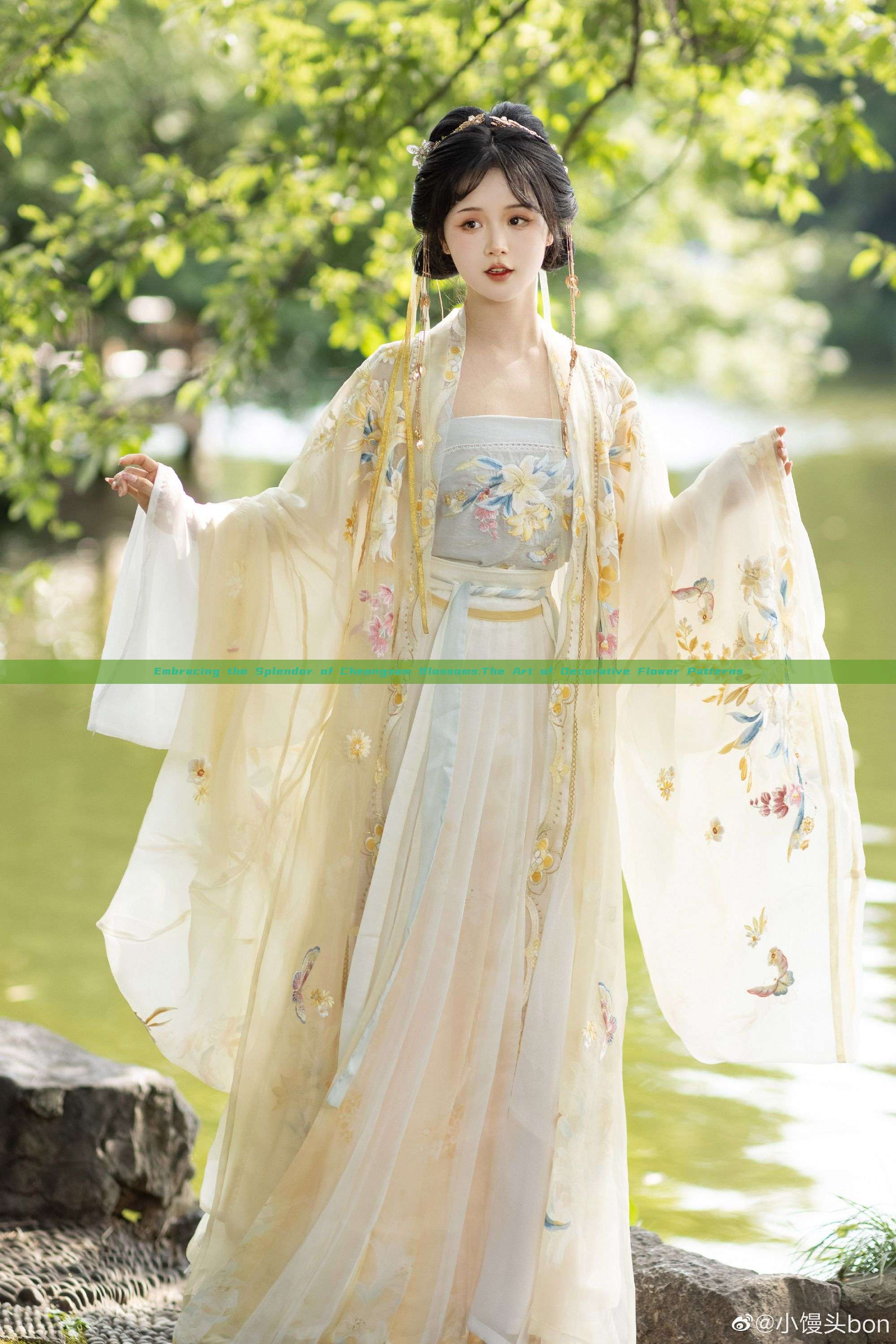
The cheongsam, a traditional Chinese women's garment, has a rich history dating back to the Manchu dynasty. It is not only a piece of clothing but a symbol of cultural continuity and tradition. The use of floral patterns in cheongsam dates back to this era, where they were often used to symbolize good luck and prosperity. These floral designs were often intricate and complex, reflecting the skilled craftsmanship of the time.
Over the centuries, the floral patterns in cheongsam have evolved to embrace new designs and techniques. From simple floral prints to intricate patterns featuring various flowers and plants, each pattern carries a unique cultural significance. The lotus, for instance, represents purity and elegance, while the peony symbolizes prosperity and good fortune. These floral patterns are not just for aesthetic purposes but also serve as a medium to pass on cultural values and traditions.
The craftsmanship behind cheongsam's floral embellishments is remarkable. The intricate patterns are often created using traditional methods like hand-embroidery, beadwork, and sequins. Each flower and leaf is meticulously crafted, paying homage to the skilled craftsmanship that has been passed down through generations. The use of different threads, colors, and techniques creates a stunning visual impact, making each cheongsam a work of art.
Moreover, the placement of these floral patterns is also significant. They are often placed strategically to enhance the beauty of the garment and accentuate the figure. The use of floral patterns on the chest, waist, and hem of the cheongsam adds a touch of elegance and grace to the overall look.
Today, cheongsam with floral embellishments continue to captivate hearts. They are not just worn during traditional events but have also made their way into modern fashion. Designer brands have embraced this traditional element and infused it with modern designs and techniques, creating a fusion of old and new.
The art of cheongsam's floral embellishments is not just about beauty but also about preserving a rich cultural heritage. It is about carrying forward the legacy of skilled craftsmanship and passing on cultural values through generations. The beauty of these floral patterns is not just skin-deep but reflects a deep-rooted cultural significance that cannot be replicated by any modern technology.
In conclusion, the art of cheongsam's decorative flowers is not just about fashion but about an intricate blend of culture, tradition, and skilled craftsmanship. It represents a legacy that needs to be preserved and celebrated. As we embrace this beauty, we also honor the rich cultural heritage that has been passed down through generations.
In this fast-paced world where technology is advancing rapidly, it is important to remember the value of preserving our cultural heritage. Cheongsam's floral embellishments are not just a piece of clothing but a medium to pass on our rich cultural values and traditions. As we embrace this beauty, let us also remember to preserve and uphold our rich cultural heritage for future generations.

